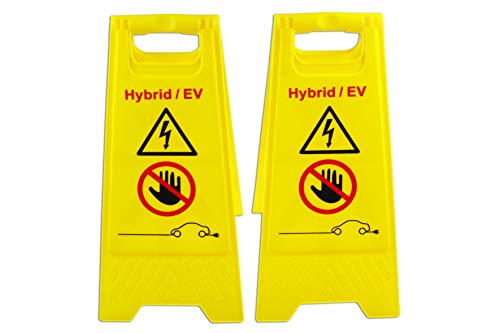I have news, and I need opinions to decide, I have many doubts to clear up:
-I have the possibility of bringing 88 LEV50N cells from China, it is the warehouse that sent me the first two, it has a lot of stock and it tells me that they reach 40Ah, uncertain, but the first two appear strong in my package, 1mOhm measured by me and they do not go down Like the others, they do not increase their voltage like the others, reaching a maximum of 4V03 when the rest reaches 4V1 and on the way down there is even more difference, my cells theoretically have 27.5Ah and 2.5mOhm measured. The amount is €2700 at the door.
-I have some complete C-Zero 2018 crashed packages available, there are several, it would greatly facilitate the assembly speed, but I would limit myself to 14.5Kwh and I still have to get the BMU, I hope to be able to replace mine with mine easily plug in under the back seat? Can any BMU from another c-Zero or ION work for me? And you don't have to code VIN or anything via software? (edit: reading, see the 2017 cars have the BMU inside the pack, it is a barrier to swap 16-14,5Kwh? and what about my OBC 2012, he work with different charging voltage, support 80/88 cells?)
The first price is €2500 + shipping from Spain to Spain, I hope around 200€ more.
As a last option I am considering making the change to CATL, I don't know stock dates, I can´t I imagine the time/money invested in busbar modifications, copper bars, it sounds wonderful to be able to reach 200Km of autonomy in the future, but what is the real cost? the time will be spent by me and my son.
Apart from this, yesterday I tested my damaged cells in an 800VA UPS, the damaged cells make a sound (50 Hz very clear) when the UPS undulates, it is very audible, while the 2 Catl that I put in series remain silent and clear their voltage in the oscilloscope, I know temperature/voltage is a way of detecting defective cells, but with the ear? Busbar are ok, load was small, the UPS is square wave form. Some experience with this?




























